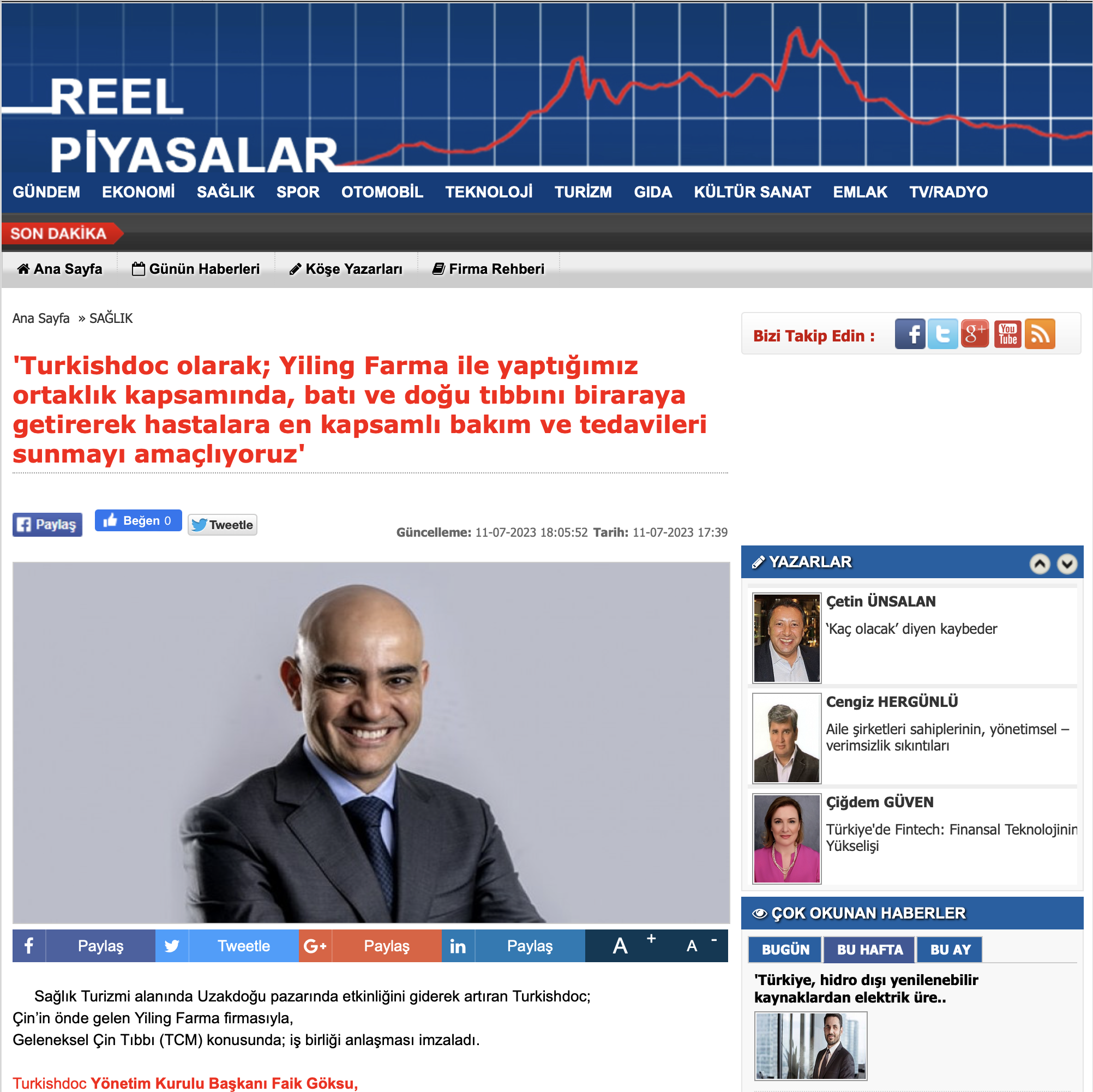Turkishdoc
What Is Exactly Laminectomy?
A surgical procedure in which part or all of the lamina is removed is called a laminectomy. The back part of the spine that lines the spinal canal is known as the lamina. The lamina exerts pressure on the nerves in the spine, affecting a person’s physical mobility. This surgical procedure may be necessary because it causes severe pain, especially in the lower back and neck. Laminectomy, which is also part of herniated disc surgery, is also called decompression. The main purpose of this surgery is to relieve pressure on the spinal cord and nerve roots. Laminectomy may be a suitable solution when conservative methods for neck and lumbar disc herniation have failed.
Why Is A Laminectomy Performed?
Back or neck pain can sometimes be severe. For some people, these pains occur constantly and cause a very uncomfortable situation. Back and neck pain, which also restricts movement, negatively affects the person’s daily life. The laminectomy treatment method is likely to be used at this point. The most important reasons for a laminectomy are to relieve pressure on the spinal nerves, to remove a tumor from the spine, or to treat a disc problem. Other reasons for having a laminectomy include:
- Herniated disc in the spine
- Injury, wear and tear of the disc in the spine
- Pain, weakness, and numbness in the neck, arms, or legs
- Spinal stenosis
- Difficulty in standing
- Failure of conservative treatment methods used in the treatment of lumbar disc herniation
- Loss of bowel and bladder control
Laminectomy Risks
There are some risk factors involved in laminectomy, which is generally recognized as a safe surgical procedure. Therefore, as with any other surgery, some complications can occur. Possible complications of laminectomy include
- Infection
- Bleeding
- Blood clots
- Damage to the protective layer surrounding the omentum
- Risks associated with the implementation of general anesthetic
Other risk factors include injury to the nerves and blood vessels at the place of the surgery. This can cause weakness and numbness and can rarely be made worse by a laminectomy. However, these risk factors are rare. Rather, some risks may be related to the person’s health condition. You should always consult a surgeon for comprehensive information about the risk factors.
How To Prepare For Surgery?
Before the surgery, it is decided whether the person is suitable for this surgical procedure. This involves a physical examination and medical tests. Once a laminectomy has been decided upon, the surgeon will provide comprehensive information about this treatment procedure. The patient’s questions will also be answered, and all the necessary information about the surgery will be provided. Eating and drinking may be restricted for a certain period before the operation. The surgeon will also indicate which medications the person will and will not take before the operation. If the person needs to calm down, sedatives will be given before the operation. As with almost every surgery, there are some restrictions on movement after a laminectomy. For this reason, someone should be arranged to help with household chores to prevent problems that may occur after surgery. Apart from all these, different instructions are given by the surgeon according to individual needs during the preparation for laminectomy.
Laminectomy Process
The laminectomy process is divided into three parts. These include before, during, and after the operation. As with other surgeries, each process is important in a laminectomy. Information about the laminectomy processes is given below:
- Before Surgery
Before the operation, the person is kept in the preoperative area and made ready. Necessary information is given by health teams. The person is ensured to be calm. The anesthesiologist examines the person at this time and if the person is ready, he/she is sent to the operation area. After these, the necessary procedures for surgery are started.
- During Surgery
The anesthesiologist places a mask over the person’s face and gives a mixture of anesthetic gas with oxygen. Injected medicines are also given to relax the person. This is general anesthesia, and the person becomes unconscious within a few minutes. The person is then intubated, and a breathing machine pumps air into the lungs. All vital signs are monitored throughout the operation. Just before the operation begins, the person is placed in a prone position. The surgeon starts the operation, and the operation takes place in the following steps:
- The surgeon makes an incision in the skin of the back to reach the affected spine. The spine is then exposed, paying attention to the soft muscles and tissues.
- Decompression is used to cut out the bone, bone spurs, and ligaments that are compressing the nerves. In the meantime, small or large parts of several spinal bones are removed.
- If there is a slipped vertebra or curvature of the spine, spinal fusion may be required. The task of spinal fusion is to stabilize the spine. During this procedure, two or more vertebrae are connected using bone grafts or metal rods and screws.
At the end of the operation, the wound is sutured and closed. The operated person is turned upside down, and anesthesia is completed. The breathing tube is also removed, and the operation is complete.
- After Surgery
After the surgery, the person is taken to the recovery room, and any complications are checked by the medical team. Medication is given by the doctor to relieve the pain at the incision site. With a laminectomy surgical procedure, it is possible to be discharged on the same day. However, in the case of serious complications, you may be discharged after a few days. Pain may be felt in the lower back, and some medication is given for this. In the first days after surgery, you will need someone to help you walk or stay.
For the first 3 weeks after laminectomy, movements such as lifting, bending, and side bending are limited. Driving is avoided for the first month. The stitches are removed after about 2 weeks. It is important to keep the incision site dry, and instructions for showering will be given by the doctor. Work can be resumed in two to six weeks, depending on mobility. If the person had a spinal fusion during the surgery, the recovery will be longer. If the surgery included a spinal fusion, recovery may take 8 to 12 weeks. When the person is ready, the doctor will refer them to physiotherapists to speed up recovery. Light walking and exercises to strengthen the spine are given by physiotherapists as part of a personalized program. Therefore, a timely recovery can be achieved with medical check-ups, physical therapy, and attention to the doctor’s instructions.
Laminectomy Results
Laminectomy has some important results. It is a surgical procedure that reduces symptoms associated with spinal stenosis. Therefore, symptoms are reduced by 60 to 90 percent in people who undergo this surgical procedure. Also, it becomes easier for the person to walk. Recovery is achieved within 6 weeks, and signs of recovery are observed during this time. However, if the nerves were damaged before the operation, pain, and numbness symptoms will persist. Laminectomy cannot stop the process that causes spinal stenosis. Therefore, symptoms may reoccur. In conclusion, laminectomy is an effective surgical procedure that repairs the spine.











